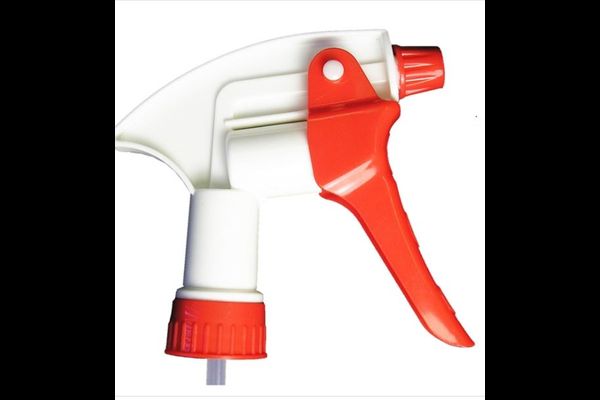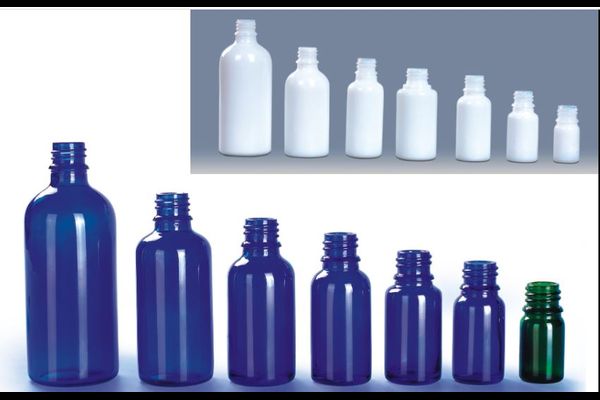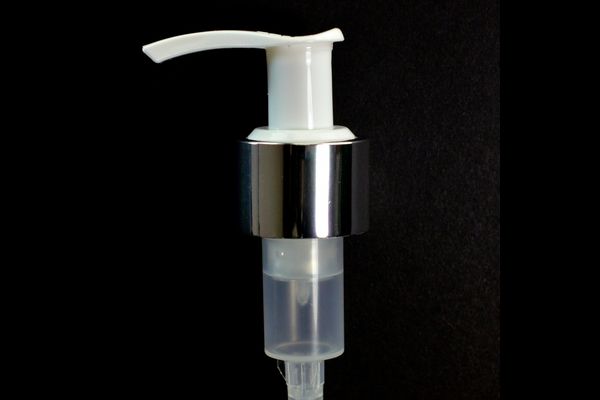Trigger Sprayers are extremely useful devices for dispensing liquids on almost every surface. These natural packaging products are used for many purposes, and it’s easy to control the amount of liquid that’s being dispensed. This useful packaging product can even solve wastage-related problems, which most consumer experiences while using a simple or other dispensing devices.
The Trigger sprayers are efficiently made with premium-standard and greatly valued by consumers and brands. Considering the features of filling liquids, you can select from the different kinds of foamer & fine mist sprayers. This useful sprayer is also used to apply window cleaners, washroom sanitizers, garden cleaners, automotive cleaning products, and other cleaning essentials. This spray container also offers ample marketing opportunities to companies. And also, you need to consider several points while choosing sprayers to meet your respective needs.
Read Also: A Detailed Comparison Between Trigger Sprayers and Pump Sprayers
Things To Consider While Choosing A Trigger Sprayer For Commercial Purpose
The following points will assist you to recognize quality sprayers, which are made with innovative concepts, and you can explore ample options to suit your commercial purpose. Here are considerable points to choose sprayers –
a) Purpose of Use
b) Pattern of Sprayers
c) Quality of Trigger Spray Bottles
d) Output of Sprayers
e) Ease of Use
Now, let’s look for the key benefits of trigger sprayers, which can ideally match the right commercial and industrial purpose
1.Trigger Spray Bottles Can Lead To Speedy Product Turnaround
The trigger spray containers offer required assistance to enable users to spritz your products on every squeeze. This kind of sprayer also enables you to expel more products in a squeeze compared to other liquid dispensers. These useful sprayers are customized to be adjustable, and so your customer can adjust according to individual needs, or convert it into a strong sprayer. Therefore, your consumer can remain satisfied with packaging cuts and the minimum amount of work required to complete.
2.Trigger Spray Bottle Expel More Liquid Per Use Compared To Finger Sprayers
These sprayers can expel more products, and offers remarkable advantages to ventures, such as customers can use your product quicker. It further helps to create a more controllable product, and additional expelled products enable consumers to repeatedly empty containers. Therefore, customer needs to purchase replacement products of cleaning solutions, or sprayable marinade more often, which will automatically increase your profit margin.
3.Trigger Spray Bottles Are Factory-Made With Ergonomics In Mind
This useful sprayer is just a natural solution, which makes easy application of products on your consumers. Pouring liquid from bottles requires users to carry your product’s weight, which is mostly avoided. The finger sprayers will create a clear mist, although it isn’t suitable if you’ve plans to apply multiple sprayers. Meanwhile, trigger spray containers will enable your customers to experience comfort whenever you’ve needed to apply single or multiple sprays as window cleaners or car cleaning solutions.
The trigger sprayer can provide plentiful advantages for dispensing liquids. At Packaging Buyers, we can guide you invest in purchasing a useful sprayer specific to your needs. Our dynamic team excels in providing value in addition to product supply and re-selling, with our core services are green packaging, pharmaceutical jars, containers, caps, sprayers, and pumps manufacturing. We can even resell your overproduced, surplus, excessed, or returned pharmaceutical containers at market-standard rates.
To find different types of trigger sprayers, customized with modern mechanisms and offered at affordable rates, visit the online shop of Packaging Buyer today!



